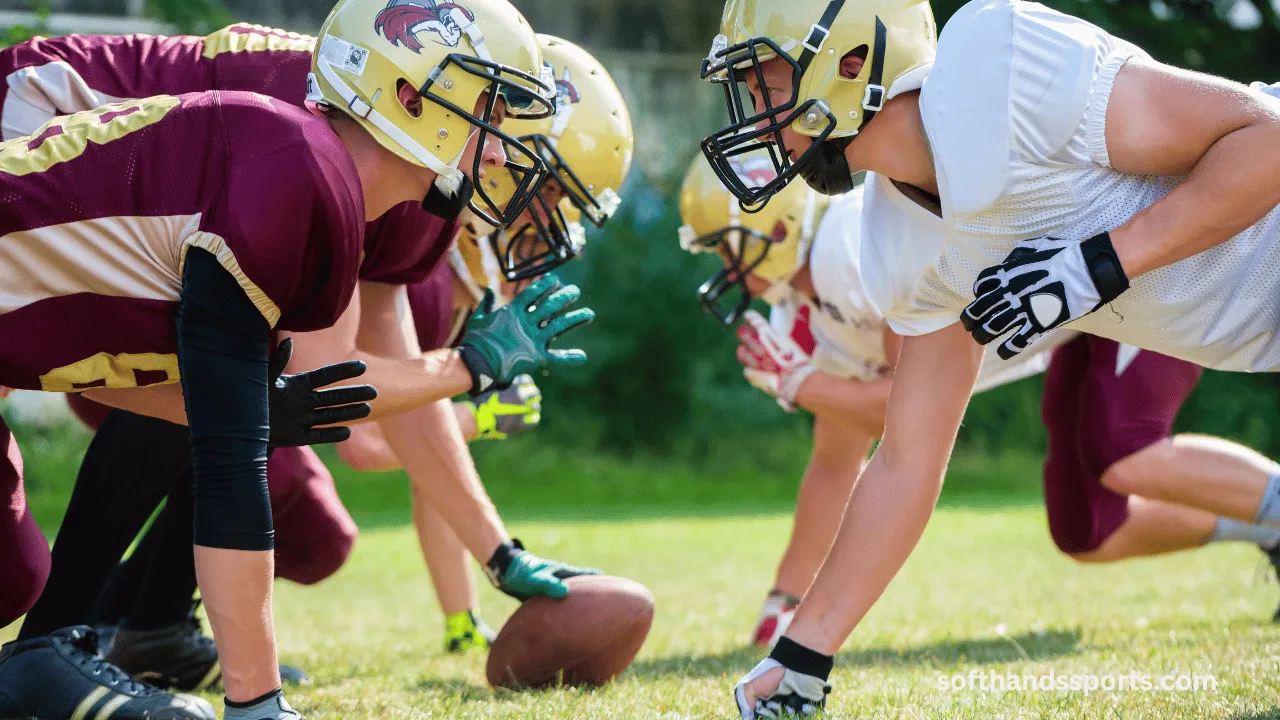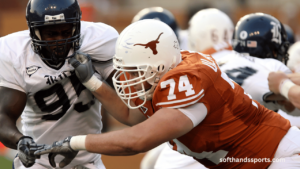Football, as a sport deeply embedded in global culture, is not only a physical battleground of skill and strategy but also a realm where rules and regulations play a crucial role in maintaining fairness and player safety.
Within this framework, the debate surrounding whether football players should be allowed to wear jewelry during play emerges as a nuanced and multifaceted issue that intersects safety considerations, regulatory frameworks, and cultural expressions. This comprehensive article delves into the depths of this controversy to provide a thorough exploration of the various dimensions at play.
Contents
- 1 Safety Concerns in the Field of Play
- 2 The Regulatory Landscape: Policies and Enforcement
- 3 Cultural Significance and Individual Expressions
- 4 Conclusion: Navigating the Complexities
- 5 FAQs
- 5.1 Why are football players not allowed to wear jewelry during games?
- 5.2 What are the potential risks associated with football players wearing jewelry?
- 5.3 Do football leagues and governing bodies uniformly enforce regulations prohibiting jewelry wearing?
- 5.4 What are the enforcement mechanisms in place to ensure compliance with jewelry-wearing regulations?
- 5.5 How do football players accommodate personal expression within the boundaries of jewelry-wearing regulations?
Safety Concerns in the Field of Play
- Physical Hazards: Jewelry, such as rings, bracelets, or necklaces, can pose physical risks during gameplay. The sharp edges or protrusions of certain jewelry items may inadvertently cause injuries to both the wearer and other players during tackles, collisions, or physical contact situations.
- Interference with Protective Gear: The use of jewelry can potentially interfere with the fit and functionality of essential protective equipment worn by football players. Helmets, pads, and other gear are meticulously designed to provide maximum safety, and any interference due to jewelry can compromise their effectiveness in safeguarding players against injuries.
- Choking and Ingestion Risks: A significant safety concern is the risk of ingesting or choking on jewelry pieces in the event of an accident on the field. The fast-paced, high-intensity nature of football increases the likelihood of such incidents, underlining the need for strict regulations to mitigate these risks.
The Regulatory Landscape: Policies and Enforcement
- League Regulations: Football leagues and governing bodies uniformly enforce policies that restrict players from wearing jewelry during matches. These regulations extend beyond matches to encompass training sessions and official team events, underscoring the consistent application of safety standards across all football-related activities.
- Rationale for Prohibition: The prohibition of jewelry in football is grounded in the overarching priority of ensuring player safety, fair play, and the preservation of the integrity of the sport. By implementing and enforcing these rules, leagues aim to create a level playing field and minimize unnecessary risks to players’ well-being.
- Enforcement Mechanisms: Referees and officials play a pivotal role in upholding the regulations pertaining to jewelry wearing. Penalties and sanctions are imposed on players found in violation of these rules, highlighting the seriousness with which compliance is monitored and enforced on the field.
Cultural Significance and Individual Expressions
- Cultural Identity and Personal Expression: For many football players, jewelry holds symbolic and cultural significance, serving as a means of expressing personal identity and heritage. The desire to showcase individuality and cultural roots through jewelry reflects the complex and multifaceted identities of players beyond their roles as athletes.
- Balancing Tradition and Safety: The tension between cultural expressions and safety regulations necessitates a delicate balance between honoring diverse identities and ensuring the physical well-being of players. Finding a middle ground that respects both individuality and safety remains a challenge in the context of jewelry wearing in football.
- Adaptation and Creativity: In response to restrictions on jewelry, players often seek alternative avenues for self-expression within the boundaries of regulatory compliance. Customized gear, hairstyles, or other permissible forms of personal adornment serve as creative outlets for players to showcase their uniqueness while respecting safety guidelines.
The discourse surrounding football players wearing jewelry encapsulates a nuanced interplay of safety considerations, regulatory mandates, and cultural expressions.
While safety concerns and regulatory frameworks prioritize player well-being and fair play, acknowledging the cultural significance of jewelry underscores the need for a nuanced approach that respects individual identities and expressions within the sport.
In conclusion, the controversy surrounding jewelry wearing in football transcends mere aesthetics, touching upon core principles of safety, regulation, and cultural diversity.
By engaging in constructive dialogue and seeking solutions that strike a harmonious balance between safety imperatives and individual expressions, stakeholders in football can navigate this complex issue with sensitivity, inclusivity, and a deep understanding of the diverse perspectives at play on and off the field.
FAQs
Why are football players not allowed to wear jewelry during games?
Football players are prohibited from wearing jewelry during games due to safety concerns. The sharp edges and protrusions of certain jewelry items can pose physical risks during gameplay, potentially causing injuries to both the wearer and other players. Additionally, jewelry can interfere with the fit and functionality of essential protective equipment, compromising their effectiveness in safeguarding players against injuries.
What are the potential risks associated with football players wearing jewelry?
The potential risks include physical hazards during gameplay, interference with protective gear, and the risk of ingestion or choking on jewelry pieces in the event of an accident on the field. These risks underscore the necessity of strict regulations to minimize unnecessary dangers to players’ well-being.
Do football leagues and governing bodies uniformly enforce regulations prohibiting jewelry wearing?
Yes, football leagues and governing bodies uniformly enforce policies that restrict players from wearing jewelry during matches. These regulations extend beyond games to encompass training sessions and official team events, emphasizing the application of safety standards across all football-related activities.
What are the enforcement mechanisms in place to ensure compliance with jewelry-wearing regulations?
Referees and officials play a pivotal role in upholding the regulations pertaining to jewelry wearing. Penalties and sanctions are imposed on players found in violation of these rules, highlighting the seriousness with which compliance is monitored and enforced on the field.
How do football players accommodate personal expression within the boundaries of jewelry-wearing regulations?
In response to restrictions on jewelry, football players often seek alternative avenues for self-expression. Customized gear, hairstyles, or other permissible forms of personal adornment serve as creative outlets for players to showcase their uniqueness while respecting safety guidelines and cultural expressions.








